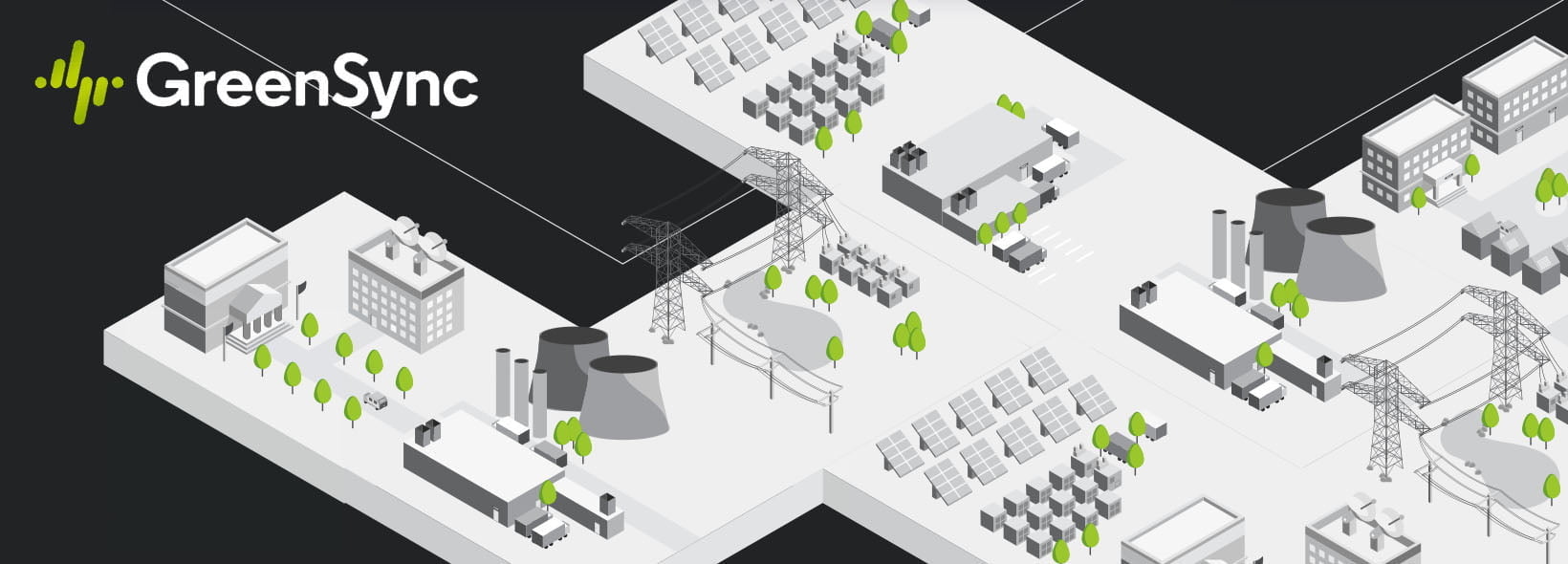When: Wednesday 19 June 2019, 6.45 for 7:00pm.
Where: Level 1, 187 Grattan St, Energy Transition Hub (Bioinformatics building), Melbourne University, Carlton VIC 3053. Click here for a Google map of the venue and here for a Melbourne University Parkville Campus map to the venue.
Please note: this meeting space is upstairs, so it isn’t wheelchair accessible.
Cost: Free. (A gold coin donation would be appreciated to offset costs.)
Public transport: Trams along Swanston St to ‘Melbourne University/Swanston St’ Stop #1 (Routes 1, 3/3a, 5, 6, 16, 64, 67, 72) or Bus 402 to Stop#51572 ‘Melbourne University/Grattan St (Carlton)’. Walk to corner of Grattan St and Bouviere St.
Presentation:
By 2030 up to 45% of our energy generation is predicted to be behind the meter. Households and businesses are no longer passive energy consumers but are actively producing and storing energy through rooftop solar, batteries and electric vehicles. With more of these distributed energy resources (DER) connected to the grid, a host of new challenges (and opportunities) are emerging for stakeholders who are responsible for managing our energy systems.
From this session, the audience will gain valuable insight into these emerging opportunities as we move towards a more flexible and decentralised energy system that values and rewards the participation of customer owned DER. Specifically, Ben will cover;
- Why we need flexible grids to cope with decentralised energy supply and a future that must be powered, for the most part, by renewables.
- The technologies that are required to achieve it, i.e. dynamic connections for DER; what solar can learn from EVs.
- Why market-enabling software platforms, such as GreenSync’s Decentralised Energy Exchange (deX), are playing a vital role in providing the architecture for transactive, flexible grids to operate.
- What is deX and how it is allowing electricity networks to better coordinate the increasing volume of distributed energy resources (DER) in the electricity grid, while helping consumers get more value from assets such as solar, batteries and electric vehicles.
- How we can unlock additional network capacity for solar and storage by increasing visibility and orchestration of DER across distribution networks.
- How customer DER can be contracted (and rewarded) for participating in grid services to ensure long-term reliability sustainability of our energy systems in a low-carbon future.
The conclusions are sometimes surprising and almost counter intuitive.
Speaker: Ben Bowen, Senior Project Manager, GreenSync.
You can view the video of Ben’s presentation here.
* We recognise and appreciate the assistance of the University of Melbourne Energy Transition Hub in providing the venue for this event.
Regards,
Chris Moss, Rob Gardner and Peter Wonfor, Renew Melbourne branch committee.
If you would like to email us then please select ‘Contact us’ from our Branch page here.


